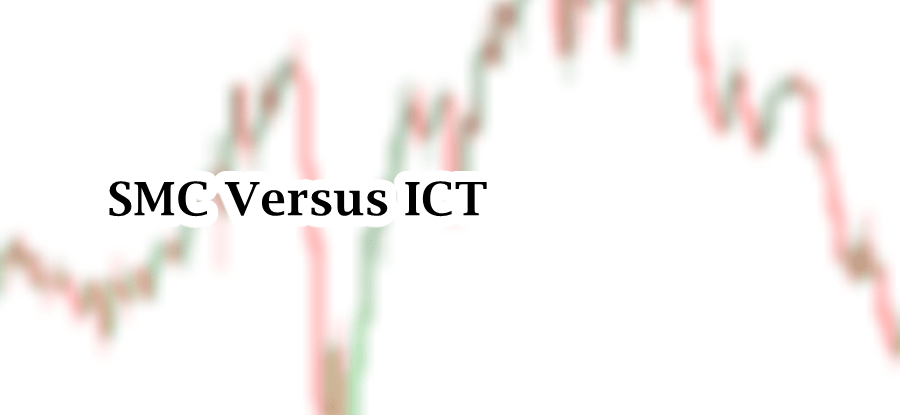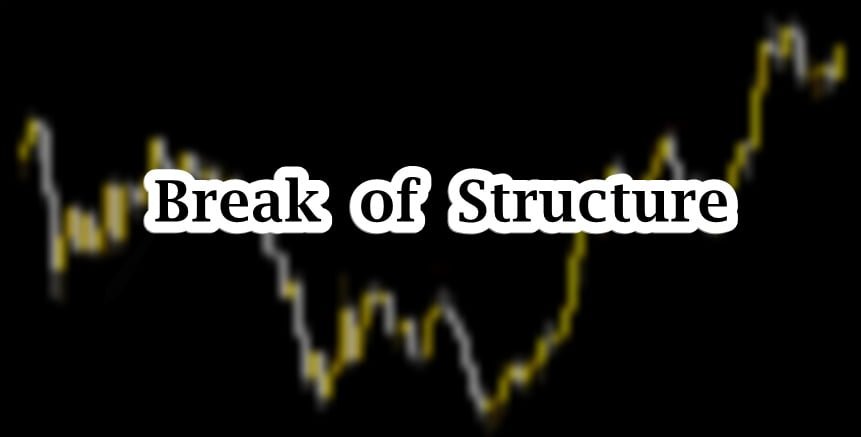
Table of Contents
In ICT Concept, identification of directional bias is crucial for successful trading. It is a revolutionary concept that makes it different from other trading concepts and theories. Normally, directional bias is identified in two different forms: Weekly bias and daily bias. Having an accurate weekly bias allows us to hold trades for over a week. On the other hand, daily bias is used to find intraday trades without any directional problem.
This article explores understanding of weekly directional bias and mapping bullish and bearish weekly setups.
Understanding of ICT Weekly Bias
Weekly trading bias is an important element in ICT trading concepts. Having an identified weekly directional bias provides trader with a directional expectation for the market over the coming week. This allows traders align their setups with institutional order flow. Our ultimate aim is to trade in harmony with smart money. Establishing a strong weekly bias enables traders to increase the probability of success by understanding whether price is likely to be bullish, bearish, or consolidatory.
Weekly bias can be determined by analyzing historical price action, internal and external range liquidity, institutional order flow and macroeconomic events. Analysis starts from higher timeframes like weekly and daily. This allows us to extract overall picture of the market.
Along with institutional order flow, traders find levels of internal and external range liquidity. Market moves from internal liquidity areas to external liquidity areas. Internal range liquidity includes Order Blocks, Fair value Gaps, liquidity voids etc. External range liquidity includes swing highs and swing lows.
Lastly, there is an important concept known as liquidity engineering. ICT traders analyze liquidity engineering to determine whether price is likely to seek liquidity above highs or below lows before moving in the intended direction. Smart money often engineers liquidity traps around previous week’s highs and lows. Also pay close attention Weekly swing highs and lows, FVGs, and liquidity pools.
For example, if the previous week’s low is swept on Monday or Tuesday, and price starts to reverse (with proper Market Structure Shift or Change of Character), it indicates a possible bullish weekly bias. On the other hand, if the previous week’s high is taken early in the week and price rejects from a key level, a bearish weekly bias might be in play.
Weekly Bias and Bullish Weekly Profiles
Weekly bias is a key element of ICT Trading concepts. It helps traders anticipate market direction. In bullish weekly profile, we have to wait for the weekly low to form. After the formation of the weekly low, price is expected to move higher over the course of the week. The Weekly low is important for smart money because they accumulate buy orders at discounted price before driving price higher.
Timing for the Formation of Weekly Low
ICT concept in trading is much focused on time framework. The weekly low bullish profile is most likely to form between Sunday’s opening to Wednesday. Thing never ends there, we have to dive deep in intraday timings. High odds exist for the weekly low to form before Wednesday’s New York Open (7:00 AM New York Time).
The probability increases between Tuesday’s London Session and Wednesday’s New York Open. These timings are crucial because institutional traders often create liquidity grabs before sending the market in the intended direction.
Identification of the Weekly Low
To map out the weekly low, traders should analyze the Weekly or higher timeframe directional bias first. There are two main reasons behind this.
One of the reasons is that higher timeframe charts give bigger picture of institutional order flow. If the market is in uptrend for a long term, the expectation is that the weekly low will form early in the week.
Second reason is that viewing the weekly profile through intraday charts allows traders to observe how price action develops from Sunday’s open to Friday’s close. Using this method allows us to track liquidity shifts.
Importance of Sunday’s Opening Price
The opening price on Sunday act as a key reference point throughout the week. There is a possibility that some platforms may not display the Sunday candle. However, traders can use external resources to determine the Sunday opening price.
Price opening gaps at the weekly open can signal institutional sentiment. A gap down could mean that Smart money is inducing early selling before reversing price upwards.
Power of Three Formation
ICT Power of three (PO3), in this case, is used to map out how price is engineered throughout the week. This includes accumulation, manipulation and distribution. It is also known as AMD setup.
Smart money accumulates positions early in the week (below the opening price at discounted price). Manipulation is a false move to induce liquidity. The final expansion is the distribution. It is the price move in the intended direction.

Weekly Bias and Bearish Weekly Profiles
Weekly bias is a key element of ICT Trading concepts. It helps traders anticipate market direction. In bearish weekly profile, we have to wait for the weekly high to form. After the formation of the weekly high, price is expected to move lower over the course of the week. The Weekly high is important for smart money because they accumulate sell orders at premium price before driving price lower.
Timing for the Formation of Weekly High
ICT concept in trading is much focused on time framework. The weekly high in bearish profile is most likely to form between Sunday’s opening to Wednesday. Thing never ends there, we have to dive deep in intraday timings. High odds exist for the weekly high to form before Wednesday’s New York Open (7:00 AM New York Time).
The probability increases between Tuesday’s London Session and Wednesday’s New York Open. These timings are crucial because institutional traders often create liquidity grabs before sending the market in the intended direction.
Identification of the Weekly High
To map out the weekly high, traders should analyze the Weekly or higher timeframe directional bias first. There are two main reasons behind this.
One of the reasons is that higher timeframe charts give bigger picture of institutional order flow. If the market is in downtrend for a long term, the expectation is that the weekly high will form early in the week.
Second reason is that viewing the weekly profile through intraday charts allows traders to observe how price action develops from Sunday’s open to Friday’s close. Using this method allows us to track liquidity shifts.
Importance of Sunday’s Opening Price
The opening price on Sunday act as a key reference point throughout the week. There is a possibility that some platforms may not display the Sunday candle. However, traders can use external resources to determine the Sunday opening price.
Price opening gaps at the weekly open can signal institutional sentiment. A gap up could mean that Smart money is inducing early buying before reversing price downwards.
Power of Three Formation
ICT Power of three (PO3), in this case, is used to map out how price is engineered throughout the week. This includes accumulation, manipulation and distribution. It is also known as AMD setup.
Smart money accumulates sell positions early in the week (above the opening price at premium price). Manipulation is a false move to induce liquidity. The final expansion is the distribution. It is the price move in the intended direction.
Final Note
Mastering Weekly bias helps us to align our swing and short-term trade with institutional money. This gives precision and consistency. However, when it comes to using weekly profile in combination with weekly bias, Michael did not refer specific trading setup for that. He elaborated that it depends upon personality and not all setups works for everyone.
Trading in financial market carries significant risk. Trading is not suitable for everyone. Past price action is used to understand institutional behavior and does not guarantee future results. Apply proper risk management strategies and never trade with the capital that you cannot afford to lose.
Frequently Asked Questions (FAQs)
What is Weekly Bias in ICT Trading?
Weekly bias refers to the perceived directional movement of price over a trading week. It helps traders align their positions with smart money and finding high-probability trades based on ICT trading setups.
What are the recommended timeframes for weekly bias confirmation?
Weekly and Daily timeframes are used to understand long-term direction. Intraday timeframes like 30-min and 1-hour provide entry confirmation and can be used to track Sunday to Friday price action.
What Role Does Liquidity Play in Weekly Bias?
Liquidity pools above and below price action serve as Smart Money’s targets. Weekly bias is often confirmed by liquidity engineering, where institutions induce retail traders into weak positions before reversing price.
I’m Abdullah Shah, a content writer with three years of experience in crafting engaging and informative content. My background in market analysis complements my work, allowing me to create content that resonates with audiences. I’m also a seasoned practitioner in the forex and crypto markets, with a strong foundation and deep interest in finance. My passion for the financial world drives me to produce content that is both insightful and valuable for those interested in understanding market trends and financial strategies.





